ELI-5 Explanation of the Data Science behind Sommelier’s First Aave Cellar
With the release of our technical explanation of the first Aave Cellar, it’s important to consider that most crypto-users are not familiar with language used in technical articles. It is therefore necessary to explain concepts in a more easy to read and digestible form. This article will be doing just that.

We’ll begin with the most asked question: what are Cellars?
Think of Sommelier Cellars as vaults where you can deposit assets and receive yield. What makes it different from other vaults is that it runs on a specific strategy that is predetermined by a cellar contract and depends on data given by the strategy provider. This partnership between the two theoretically results in better yield compared to depositing in your usual vaults.
How does this happen?
Sommelier infrastructure allows the interplay of several actors to make automated strategies possible. Below is a description of each actor and what their current role is in Cellars.
Cellar Providers
They are the ones who propose the specific strategy to the community
Responsible for the evidence that the strategy works
Strategy Providers
A person who send data to the cellar and recommends actions based on information obtained through off-chain computations
Basically, someone who suggests to perform transactions given market circumstances
Validators
A group of individuals who secures the Sommelier chain.
Responsible for fulfilling strategic recommendations by strategy providers
Confirms transactions / initiates transaction process.
Liquidity Providers
A person who wants to be exposed to the specific strategy a Cellar offers.
Deposits the asset applicable to the strategy.
The result?
In the case of Aave Cellars, the result of this process is that capital is moved from one liquidity pool from another depending on which pool will give the highest rewards. This is what we call automated portfolio rebalancing with efficient and cost-effective use of capital.
What is the alpha of the strategy?
The strategy is based on an in-depth data exploration of the different Aave stablecoin deposit APYs via data provided from Flipside Crypto.
We found out several interesting facts on Aave deposit supply rates:
Supply rates can also be volatile for stablecoins
There are periods of higher volatility and periods of lower volatility
A pool with the current high APY is not necessarily the best place to deposit capital.
Taking these three facts together, there’s an opportunity in implementing a strategy that would maximize returns for depositors by dynamically moving capital from one pool to the other.
Why does this strategy need to be run on a cellar?
The Sommelier team decided to use sophisticated time-series forecasting which utilizes historical data and predicts patterns to be able to make informed decisions in rebalancing transactions. This kind of forecasting cannot be done using on-chain smart contracts due to the limitation in processing information, which off-chain computation can provide.
This special attribute of Sommelier Finance is that our infrastructure allows us to connect on-chain and off-chain data to determine the best possible strategy that can be taken by the Cellar.
How did we test for performance?
To test the performance of the Cellar, we created a simulator with the following parameters and definitions in the table below. The simulator was then run on top of historical data, which resulted in strategies being implemented according to past data and on-chain parameters.
What we found out was that dynamically switching from lending one stablecoin to another can result in optimal use of capital in a given time frame, but only if certain parameters are met.
Does the strategy make sense for validators to run?
It makes sense for the strategy to be run by validators because of the necessary fees that are needed to perform transactions on Ethereum. Rebalancing calls may not be worth spending on depending gas prices and other circumstances when the transaction is needed.
We need to remember that transaction costs are actually paid for the validators and if we rebalance the portfolio too often, it will not be an efficient use of capital.
Does the Cellar scale with TVL?
As with any strategy, there is a TVL limit where the strategy is no longer effective. A large stablecoin position will decrease interest collected from the pool.
Therefore, in some strategies where the TVL exceeds a certain point, the interest being supplied may not be enough to cover for the gas fees paid to perform transactions. This goes the same way with smaller sized TVL positions where the interest gained may be too small to cover for costs.
To address this problem, we included TVL as an additional parameter to which rebalancing calls were used. The strategy now simulates the size of the cellar’s position in vaults to automatically optimize for the best lending position.
The Verdict: Cellar Performance
Overall, the Aave Stablecoin Cellar achieves optimal performance in identifying the best stablecoin to lend in Aave by accounting for volatility, position and gas costs.
The value proposition for Aave stablecoin cellar is that if you’re going to be using stablecoins to gain yield from cryptocurrencies, you’ll be better off depositing through our Cellars to boost your yield rewards.
More articles

Is Speculation Killing Crypto’s Future?

Sommelier's Path Forward: Embracing Revenue Over Narrative

Sommelier January Update
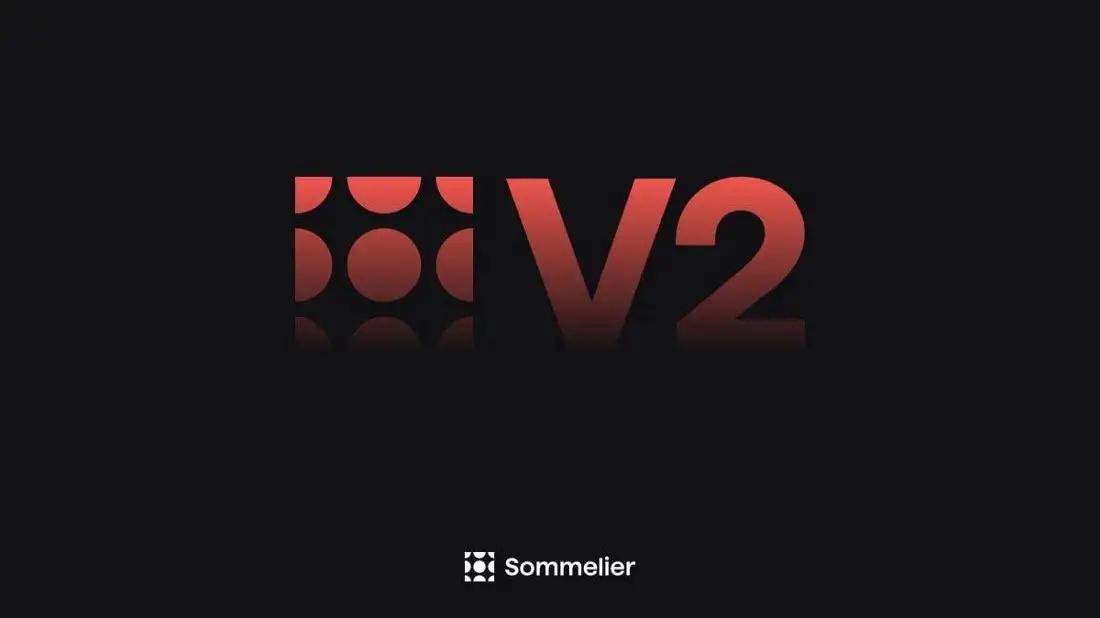
Sommelier Upgrades Cellar Architecture to Enable the Most Powerful DeFi Strategies in the Market

Real Yield USD is Coming to Maximize Stablecoin Yield

Retrospective on 2022 and the Journey Ahead

FAQ - Patache Digital’s Steady Strategies

Patache Digital: Risk Management Discussion

Strategy Deep Dive: Patache Digital

Strategy Provider Spotlight: Patache Digital

User Guide: How to Participate in Strategies on Sommelier

Sommelier Ambassador Program

Strategy Tokens: What Are They and How Do They Work?

6 Core Principles of Sommelier

10/10/22 - Deep Dive on Cleargate Backtesting

Strategy Provider Spotlight: Seven Seas

Deep Dive on Trend and Momentum Strategies

Strategy Provider Spotlight: ClearGate

Supporting Strategy Providers on Sommelier
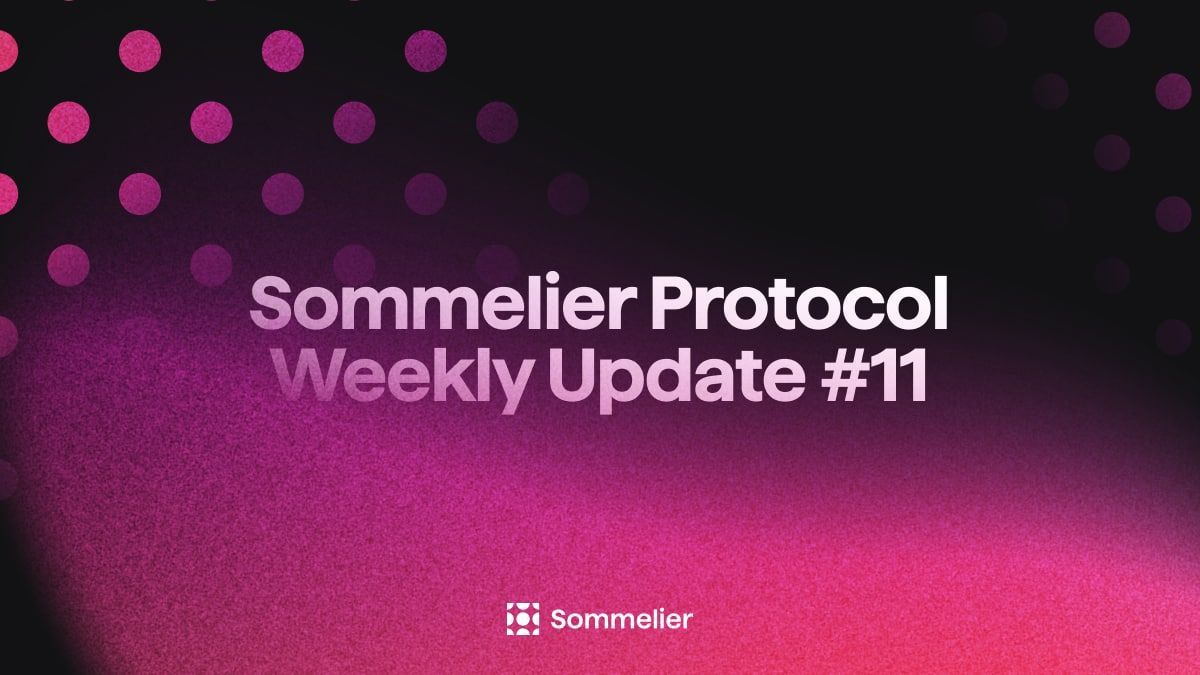
Sommelier Protocol Team Weekly Update #11

ELI-5 Explanation of the Data Science behind Sommelier’s First Aave Cellar

Sommelier Protocol Team Weekly Update #10
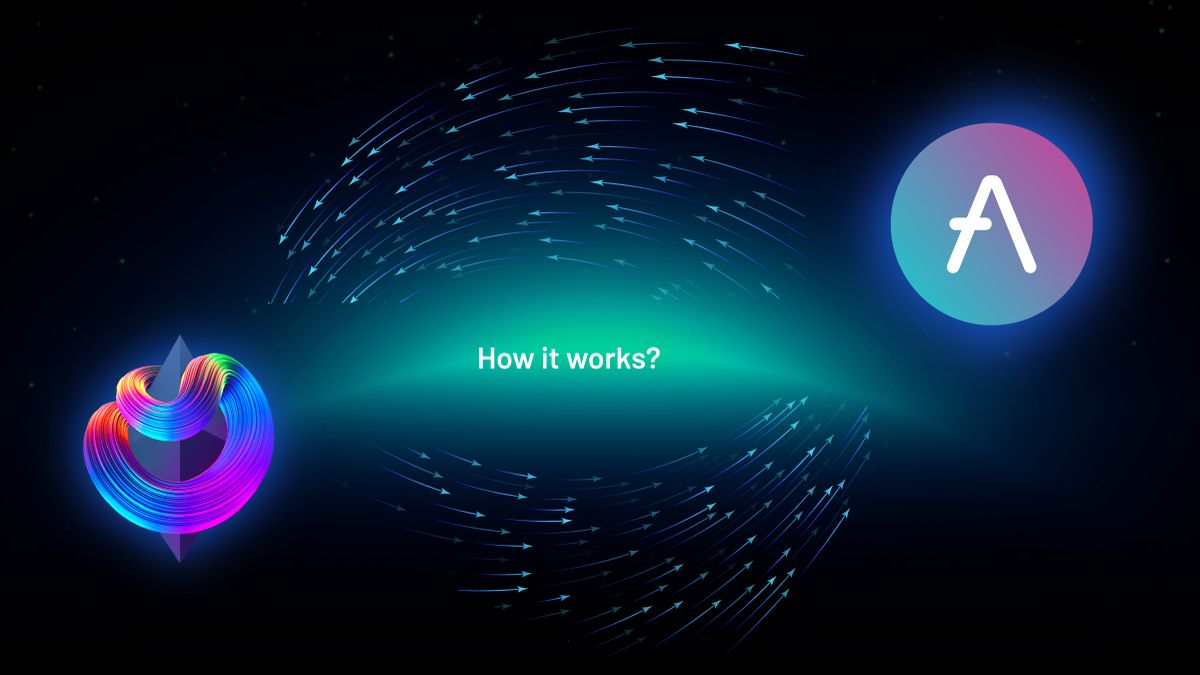
The Data Science Behind Sommelier’s First Aave Cellar
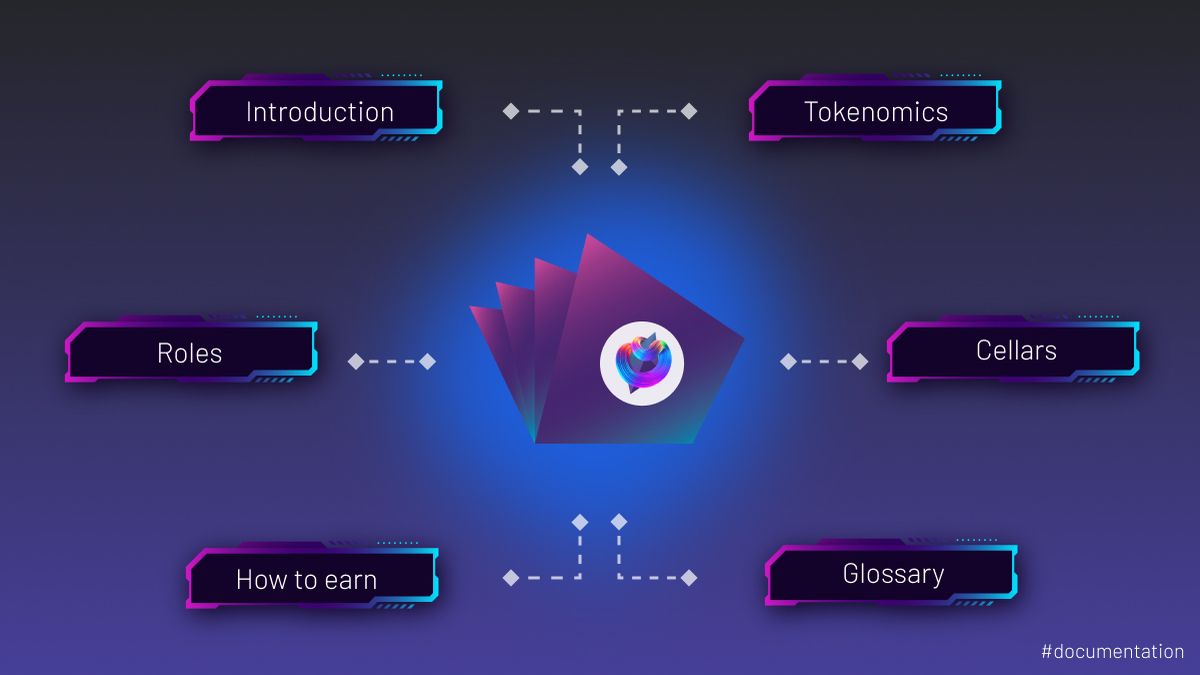
Sommelier Protocol Design Documents

Sommelier Protocol Team Weekly Update #9

Sommelier Protocol Team Weekly Update #8

Sommelier Protocol Team Weekly Update #7

Twitter Spaces With Sommelier: How to Launch a Cellar on Sommelier

Twitter Spaces With Sommelier: Protocol Upgrade and Community Update

Sommelier Protocol Team Weekly Update #4
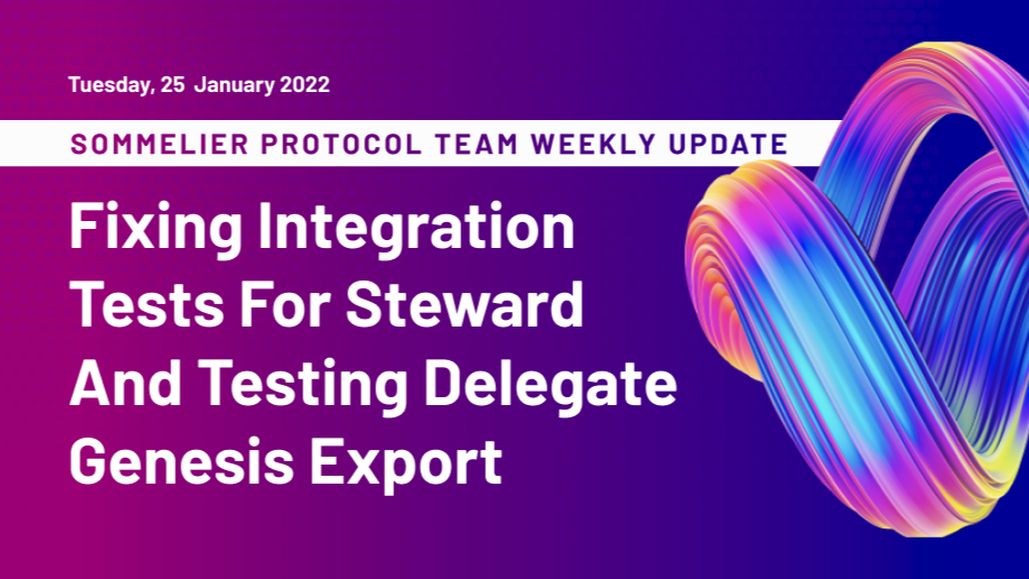
Sommelier Protocol Team Weekly Update #6

Twitter Spaces With Sommelier: SOMM Airdrop Proposal Data Analysis

Twitter Spaces With Sommelier: Community Update on the First Cellars to Launch

Twitter Spaces With Sommelier: Exploring NFT Cellars

Sommelier Protocol Team Weekly Update #1
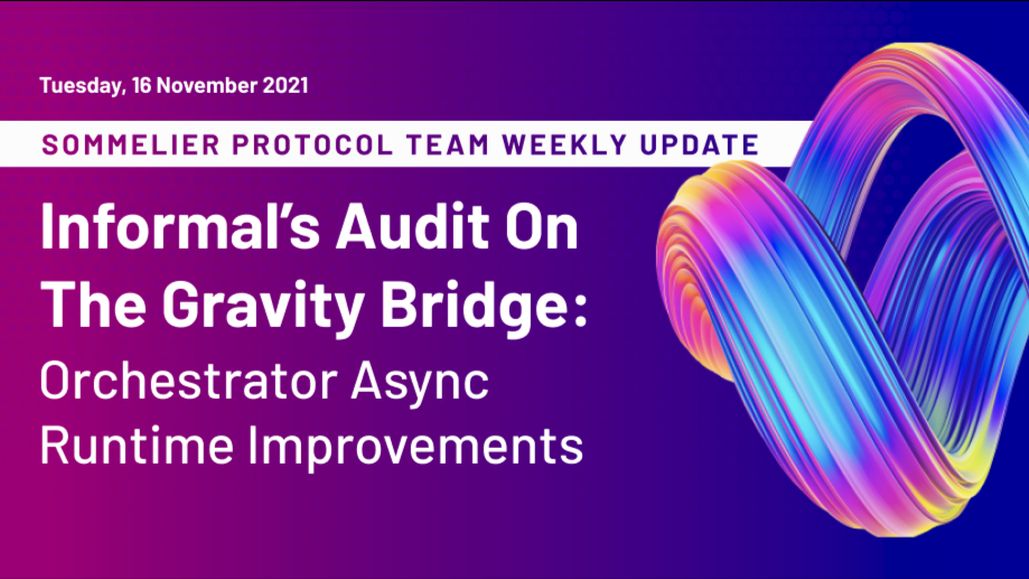
Sommelier Protocol Team Weekly Update #2
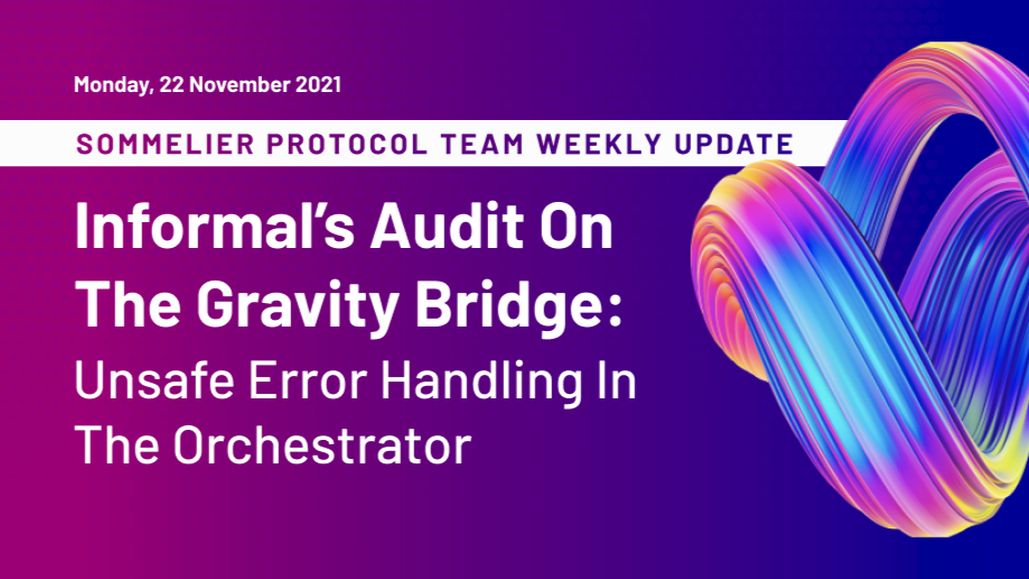
Sommelier Protocol Team Weekly Update #3

Three Things You Need to Know About Sommelier Governance This Week

Sommelier On the Road: PROOF OF…REPUTATION

Introducing Ukpai Ugochi - Working on The Sommelier Cellars Rebalancer

Sommelier Announces 23MM Series A Mainnet Round to launch Automated DeFi via the Cosmos

Twitter Spaces With Sommelier: Mainnet Launch & Gravity Bridge

Twitter Spaces With Sommelier: Introducing SOMM Tokenomics

Twitter Spaces With Sommelier: Mysten Labs AMA With Evan Cheng

Introducing SIPS and Sommelier’s Governance Structure

Twitter Spaces With Sommelier: End of Year AMA 2021

Twitter Spaces With Sommelier: Intro to SIPS & Lisbon Blockchain Week

Twitter Spaces With the Sommeliers: Mainnet Update and Governance Launch

Sommelier Partners With Mysten Labs to Make Sommelier and All Cosmos Blockchains the Fastest Protocols on the Planet

Twitter Spaces With the Sommeliers: Sushi AMA With Joseph Delong

Introducing the Sommelier Network Mainnet and Ethereum Gravity Bridge
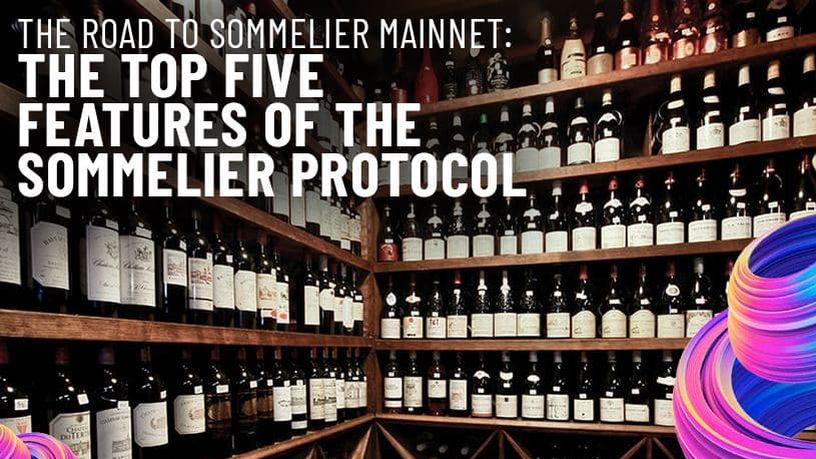
The Top Five Features of the Sommelier Protocol

Call for Validators: The Two Step Process for 2021

Two New Features Launched to Test Liquidity Management on Uniswap v3

Uniswap v3 Remove Smart Contract Incident Post Mortem for Sommelier
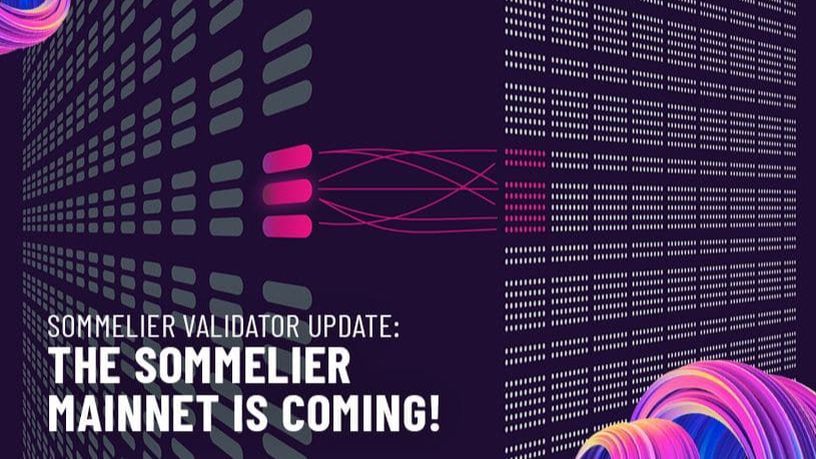
Call for Validators: Road to Sommelier Mainnet

Sommelier Liquidity AMA With Yenwen and Nick From Perpetual Protocol
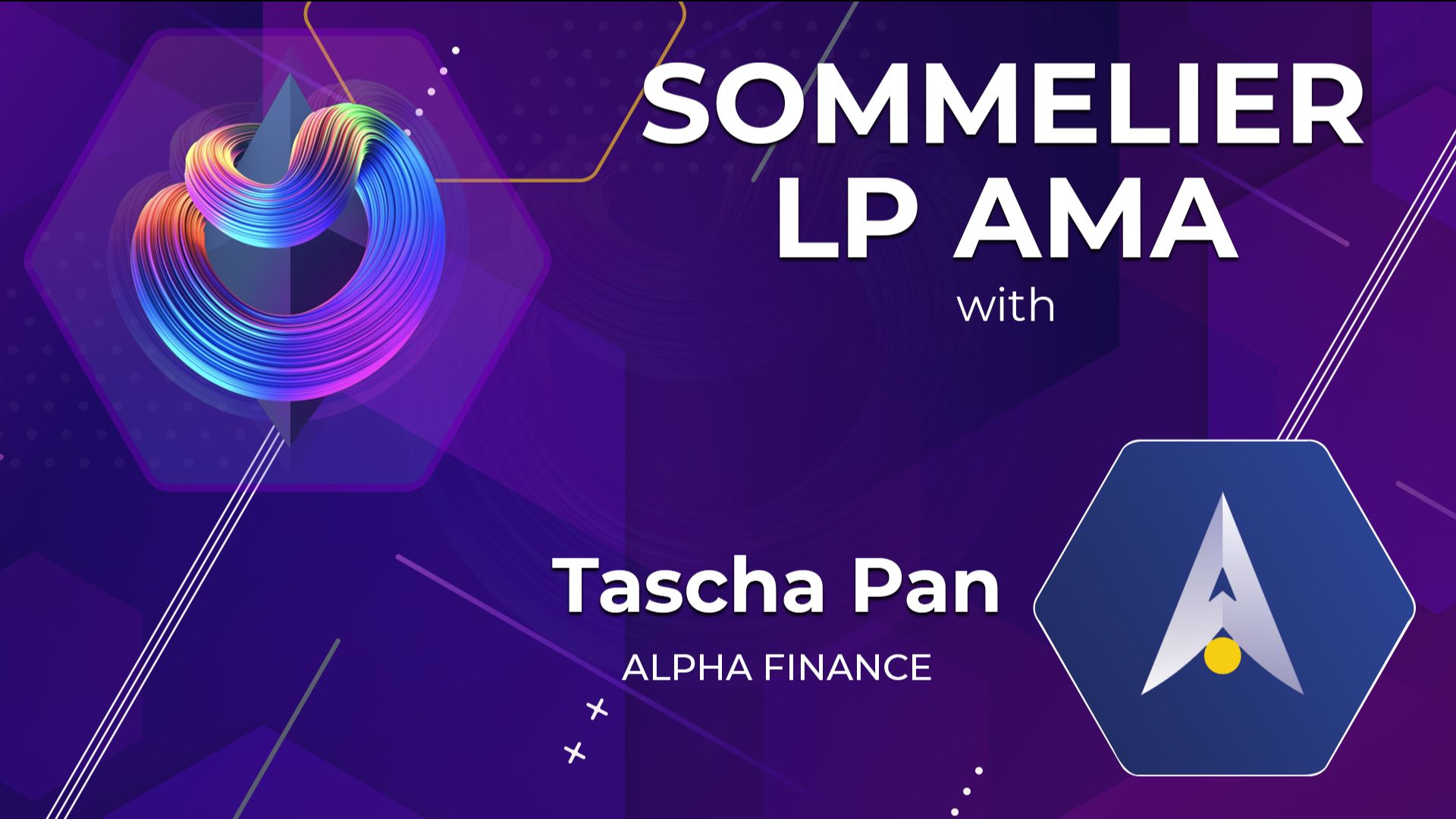
Sommelier Liquidity AMA With Tascha Pan From Alpha Finance

Sommelier Liquidity AMA With Loi Luu From Kyber Network

Sommelier Liquidity AMA With Alex From Peanut

Sommelier Liquidity AMA With JP From THORChain

Sommelier Liquidity AMA With Alan Chiu From OMGX Network

Sommelier Liquidity AMA With Ari From Gelato Network

Sommelier Liquidity AMA With Sunny Aggarwal From Osmosis
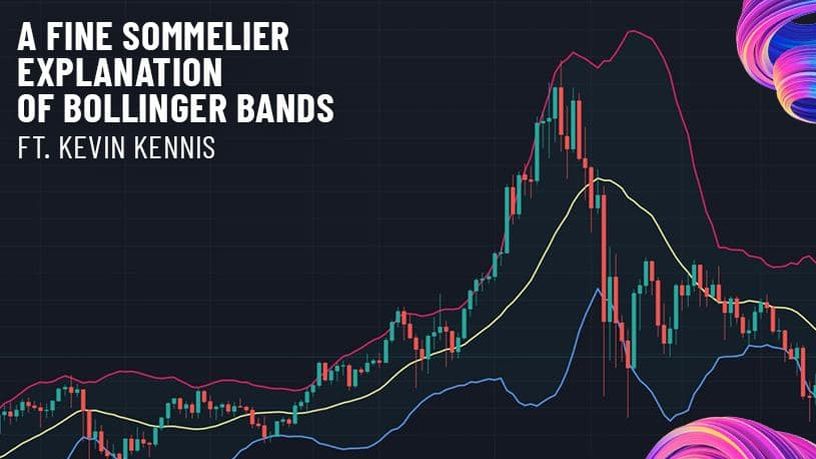
A Fine Sommelier Explanation of Bollinger Bands With Kevin Kennis

Sommelier Liquidity AMA With Mona El Isa From Enzyme

Sommelier Liquidity AMA With Haxor From Method Finance

Sommelier Liquidity AMA With Tor From Secret Network

Liquidity Provider Insights With Zaki Manian - Ep. 7 - DeFi Automation Space on Uniswap v3 and Where Sommelier’s Heading

Sommelier Liquidity AMA With Geralt From CyberFi

A Pairings Tutorial of Two Sided Liquidity Addition with Sommelier

Liquidity Provider Insights with Zaki Manian - Ep. 6 - Liquidity Providers Need to Gear Up for a Multi-Chain World

Three New Summer Features for Liquidity Providers

Sommelier Liquidity AMA with Tom C and Max W from Charm

Sommelier Liquidity AMA with Dereek69 & Shalaquiana from BIOPset

Sommelier This Week - June 3rd 2021: The Road to Mainnet

Sommelier Liquidity AMA with Federico Landini from DefiLab

Sommelier Liquidity AMA with Michael Egorov from Curve

Liquidity Provider Insights with Zaki Manian - Ep. 5 - A Bright Light at the End of a Long, Tough Weekend for Bitcoin

Sommelier This Week - May 27th 2021: What Aspiring Sommelier Validators Need to Know on Last Week’s Protocol and App Progress

Liquidity Provider Insights with Zaki Manian (Special Edition) - Ep. 4 - New Pairings Release

Sommelier R&D AMA With Yaniv Tal From the Graph

Sommelier Liquidity AMA with MacLane Wilkison from NuCypher

The Eight Steps to Become a Liquidity Provider with Pairings

Sommelier NFT Awards - May 18th, 2021
Pairings By Sommelier: The FAQ

Zaki Manian Breaks Down What Liquidity Providers Need to Know Under Uniswap v3

Sommelier This Week - May 6th 2021: How This Week’s Protocol and App Progress Weaves Together to Make a Product

Sommelier Liquidity AMA with Dan Thomson from InsurAce

Sommelier This Week - April 29th 2021: Weeks Away From a Taste of the Sommelier App Experience and How the Dev Team Stays on Track
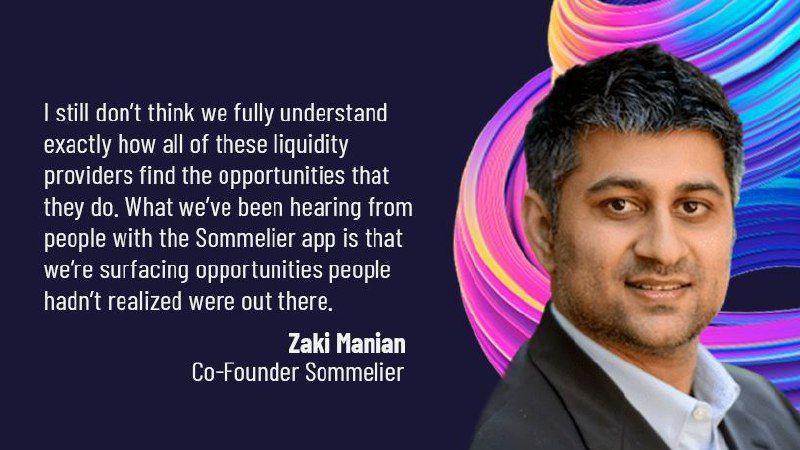
Zaki Manian Breaks Down a Phase Change Liquidity Providers Need to Know About Automated Market Makers

Introducing Jehan Tremback: Sommelier Core Developer and Althea Co-Founder that pushes the Limits of the Blockchain Bridge with Gravity

Sommelier This Week - April 22nd 2021: An Inside Look at Progress on Coordinating Sommelier Components That Contribute to the Chain

Sommelier This Week - April 15th 2021: Providing a Best-in-Class Experience for Uniswap Liquidity Providers

Sommelier Announces $1M R&D Grant from The Graph Foundation

Introducing LP Rewards: This Week With Cellframe

Introducing Deborah Simpier: Althea CEO and Sommelier Co-Founder Who Brought the Gravity Bridge to Life in The Cosmos

Sommelier This Week - April 8th 2021: What Uniswap v3 Means For Sommelier Architecture and Validators

Introducing Sommelier LP Rewards Program

Sommelier This Week - April 1st 2021: Gravity Bridge and Private Testnets
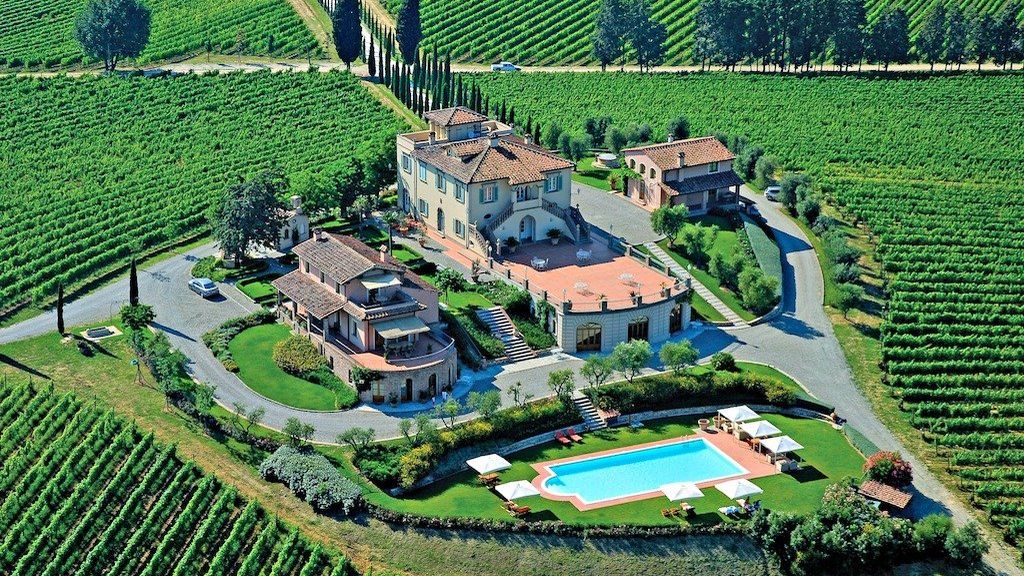
Blockchain startup decides to acquire a California winery and host NFT wine parties
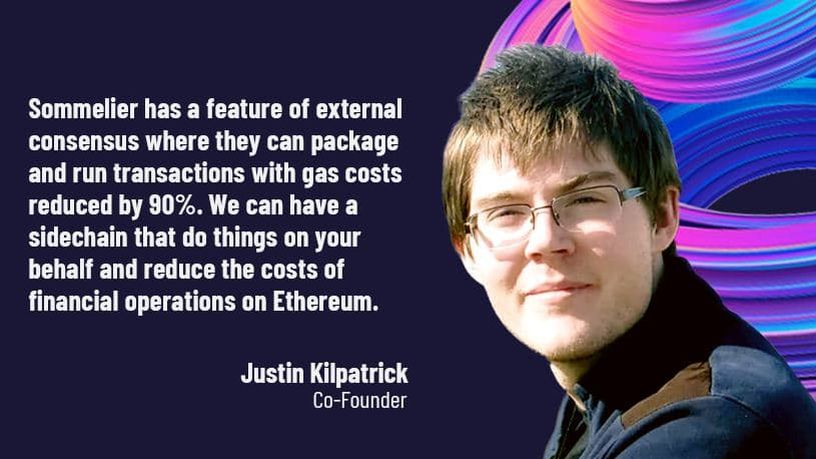
Introducing Justin Kilpatrick: The Blockchain Bridge Wizard Who Maintains Gravity

Five Ways UniswapV3 changes the world for Liquidity Providers on the AMM

Introducing Jack Zampolin: On Becoming A Sommelier in The Cosmos
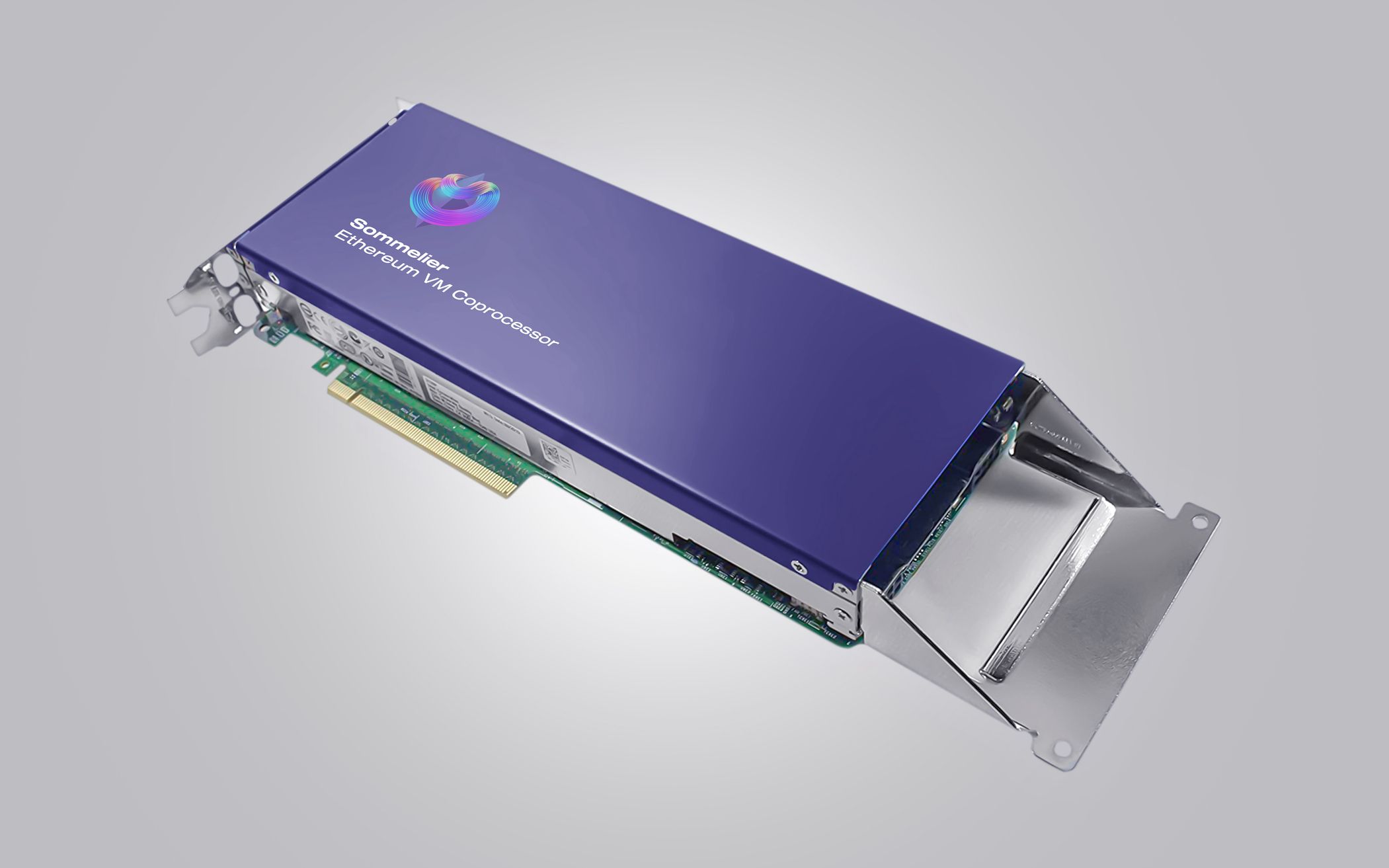
Sommelier: Welcome To The New CoProcessor For Ethereum
© 2025 Somm by Bajanss OÜ –Maakri 36-50, Tallinn, Estonia 10145